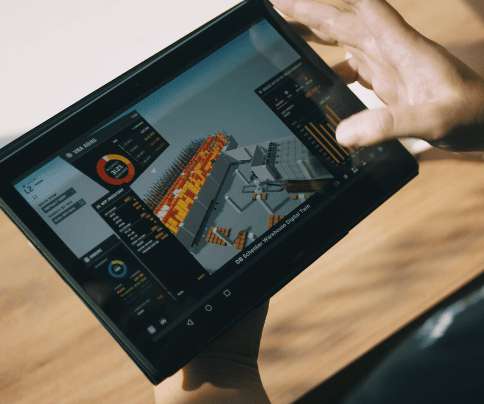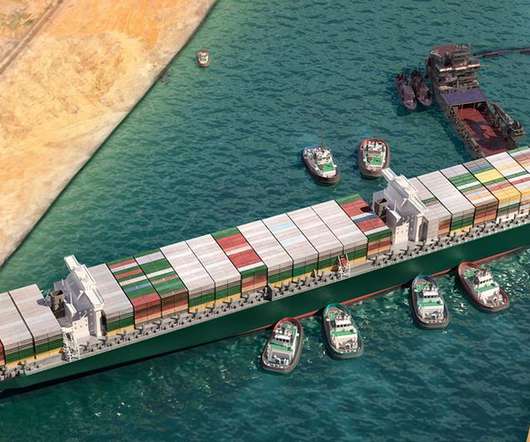DB Schenker – Singapore: A Vital Node in Singapore’s Logistics Ecosystem
The Logistics & Supply Chain Management Society
NOVEMBER 15, 2021
Typically, 45% to 50% of cargo is carried in belly holds of aircraft. Overland transport solutions from Singapore all the way to China & even Europe were also executed to executed to keep supply chains moving. DB Group has set ambitious targets to reduce specific CO2 emission by 50% by 2030 compared to 2006.
















Let's personalize your content